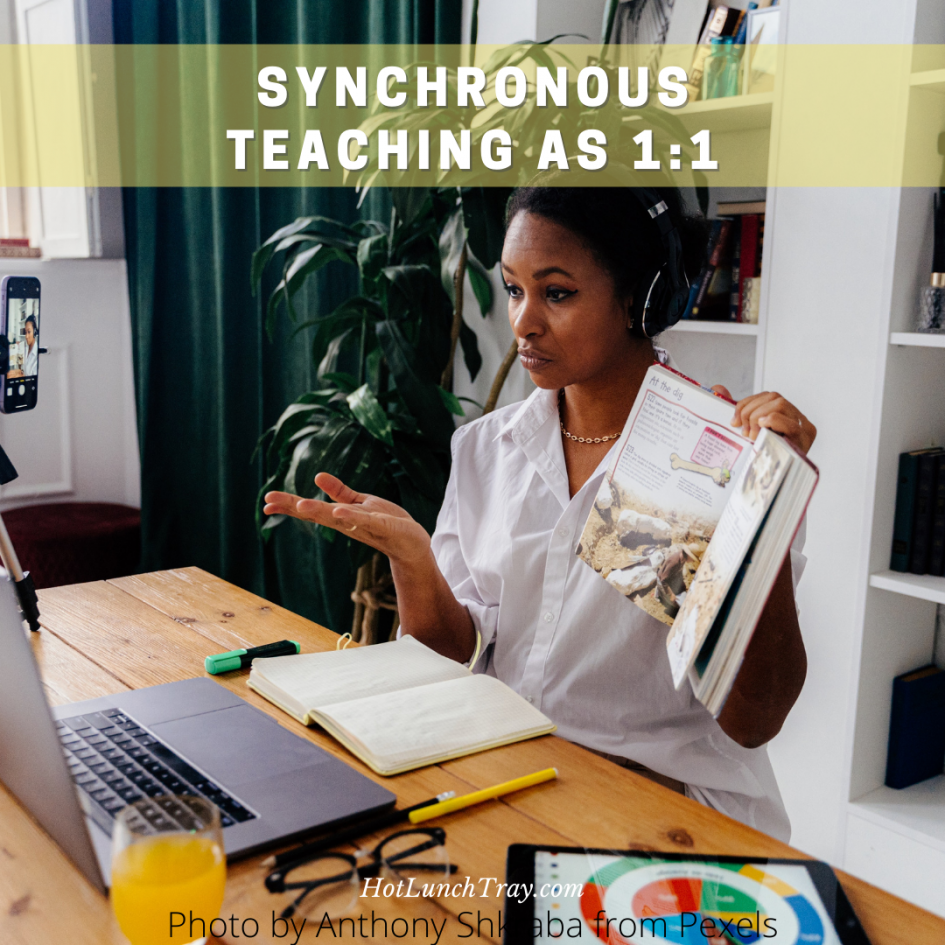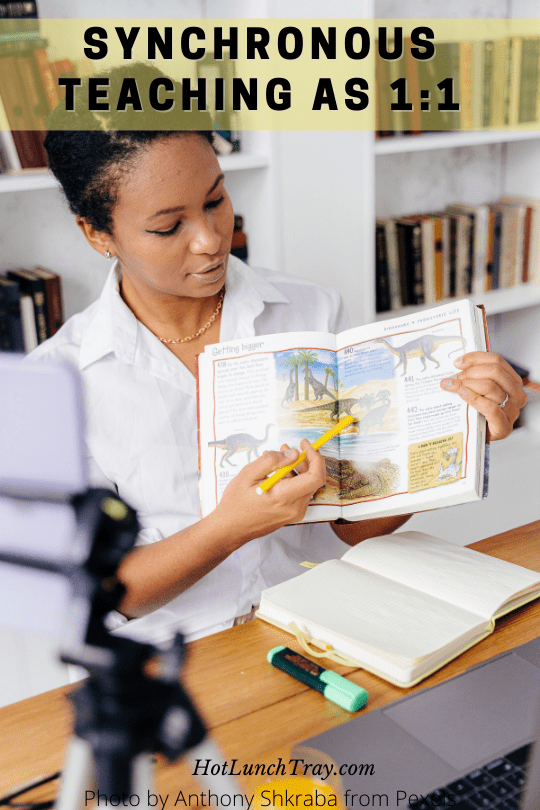Taking teaching and learning online has a distinct look and feel in K12. Many educators tried to replicate classroom teaching with synchronous teaching as 1:1, Input: Return. The efficiency of current K12 synchronous teaching cannot scale beyond this unsustainable phase.
Lack of Gain
The act of a teacher using the same class period to teach the same number of students the same content just online has no gain to it. The teacher cannot do more work, could be “losing” learners in lengthy lectures, and still have online management tasks to complete. By keeping the same synchronous meetings schedules, teachers actually have more work to do.
Unsustainable
Teachers doing the same amount of leading lessons might be sustainable if there were no additional demands on their time. Typically, online platforms require context, assignments/submissions, and/or management around the live lectures. Teachers are a resource that takes years to develop. An inordinate amount of burnout/retirements/career changes out of the teaching profession could impact the balance of experience and expertise in any school or district.
Learner Benefit
The act of a learner attending the same class period with other students for the teacher/school’s efficiency is a detriment to the learner’s potential use of time. Scheduled, mandatory synchronous sessions consume time learners could be repurposing for alternate learning, tasks, extracurriculars, or work outside their learning. It is fair to assume many learners and their families expect time savings when transitioning to online learning.
K12 is new in the wide-scale implementation of online offerings in general. It is expected that the transition from Emergency Remote Learning {Read: Week One Online Report Card} to more long-term virtual learning {Read: Misusing Pandemic Era Terminology} will be followed with a normalization. The realization that synchronous sessions do not need to mimic daily/weekly interactions, but can be personalized to the learner will occur – it is just a matter of time.







2 Pingbacks